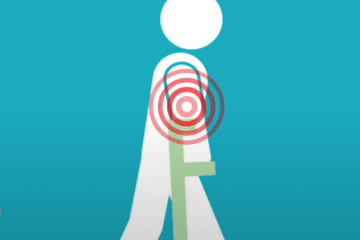Spasticity-related pain in children/adolescents with cerebral palsy. Part 2: Part 2 IncobotulinumtoxinA efficacy results from a pooled analysis
Information from >850 children and adolescents with cerebral palsy (CP), aged 2–17 years and who participated in incobotulinumtoxinA research studies, showed that large and clinically meaningful reductions in the frequency and intensity of spasticity-related pain (SRP) were achieved after this botulinum neurotoxinA treatment in the legs and arms. Benefits were seen when the children/adolescents were engaged in typical daily tasks as well as strenuous activities. Since the effects of SRP on children with CP can be considered a cornerstone for participation, potentially preventing a child with CP from usual daily activities or from the physiotherapy and strenuous exercise that are vital parts of CP therapy, incobotulinumtoxinA treatment could bring considerable clinical benefit to the lives of children and adolescents with spasticity of leg or arm muscles.
Information from children and adolescents who participated in incobotulinumtoxinA research studies was collected and pooled to find out more about changes in SRP in either muscles of the legs or arms over up to four injection cycles of incobotulinumtoxinA treatment. The Questionnaire on Pain Caused by Spasticity (QPS) was completed by those children/adolescents capable of doing so, either directly or via an interviewer, and parents/caregivers before treatment was initiated and 4 weeks after each incobotulinumtoxinA injection; there was at least 12 weeks between incobotulinumtoxinA injections.
Asking about pain and attention to activity are important for young children and adolescents with CP and their families. Reducing pain and increasing activity is a paired task for clinicians and is meaningful to children with CP and their families.
Reducing pain and increasing activity is a paired task for clinicians and is meaningful to children with CP and their families.





